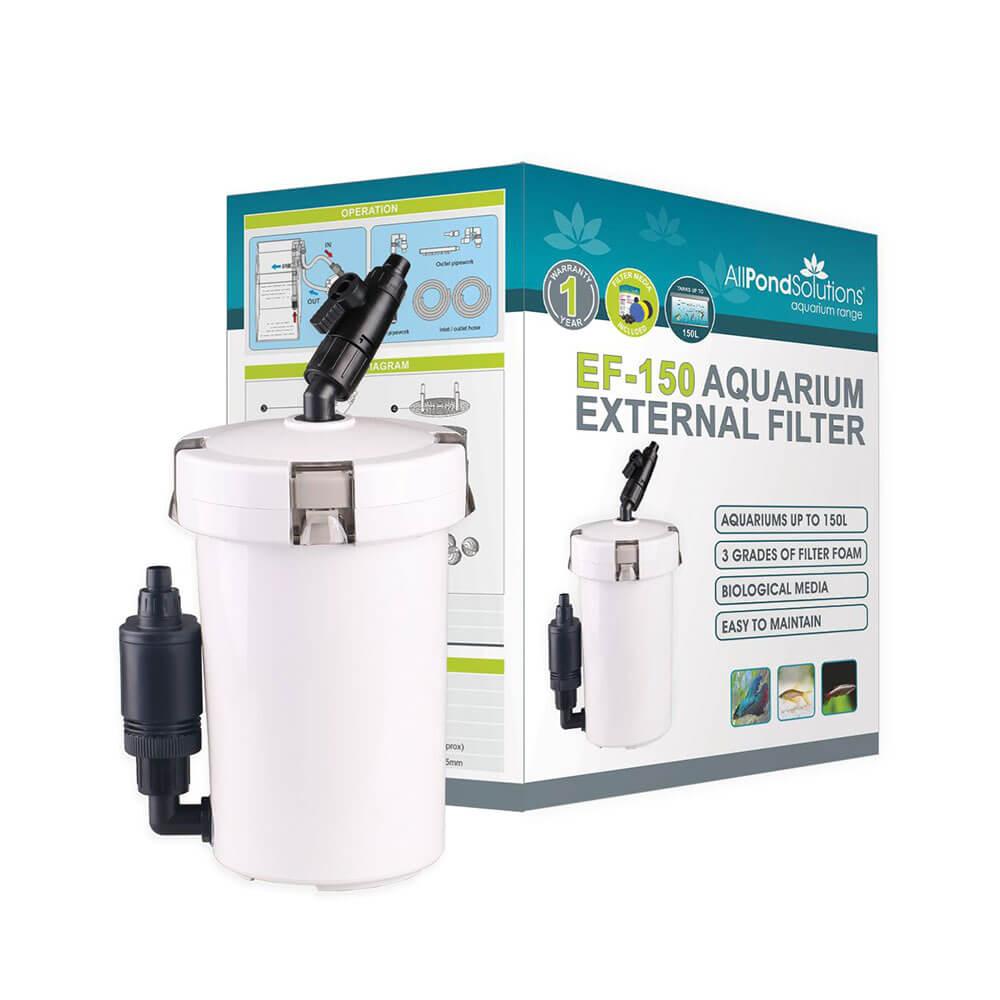How to Make Your Freshwater Pond a Sustainable Habitat
Ponds are one of the best ways to attract a wide range of wildlife to your garden. For those who take the time to create a wildlife-friendly area, you’ll soon find that everything from frogs to birds, dragonflies to beetles, join your fish in their watery abode. So how do you go about making your water feature appeal to all of the little furred, feathered and scaled creatures hanging around your garden?
Understanding freshwater ecosystems and how they function is a good place to start. Although freshwater makes up less than three percent of the water on earth, it is essential not only to human life but also to the lives of countless other organisms.
Wildlife needs sources of clean water for lots of purposes, from drinking to bathing to reproduction. These water sources can include natural features such as ponds, lakes, rivers, springs, oceans, and wetlands, or man-made features like birdbaths and installed ponds. In some countries, climate change is threatening these sources by increasing temperatures and reducing rainfall, leading to drought conditions. In other areas, such as the UK, increased rainfall is causing flooding and erosion of natural ecosystems. This makes it especially important to ensure that there is a constant, man-made source of clean water available for birds, mammals, fish and other wildlife. If you can create a freshwater pond, and keep it healthy and functional, you’ll be creating a perfect habitat for lots of England’s native wildlife, and helping to make up for what has already been lost.

Pond Food Web
Ponds are complex systems of energy exchange between one kind of life form and another. If we simplify the sort of food web we find in a pond it looks something like this:
- Rooted and floating plants produce food through photosynthesis. Herbivorous insects then feed on them to sustain themselves.
- In the same way, phytoplankton acts as a food source for tiny invertebrates known as zooplankton.
- Zooplankton and herbivorous insects are both eaten by small fish like minnows.
- Larger carnivorous insects, turtles, and medium-sized fish will all feed on minnows and their ilk.
- In turn, these medium-sized fish are devoured by larger fish.
- Top predators, such as otters, osprey, and herons will eat the largest fish.
- The parts of their bodies which are not consumed will add nutrients back into the water and soil, which both the phytoplankton and rooted water plants will utilise.
Although this is an overly simplistic breakdown of the food chain, you can see that ponds, when correctly maintained, can actually sustain themselves with minimal human intervention. The role of humans is simply to make sure that suitable habitats are available for these ecosystems to take root in.

Designing Your Pond
Ponds can be designed in a variety of shapes and sizes, depending on your needs, available resources, on-site considerations and aesthetic preferences. Here are a few things to take into consideration when you’re designing your pond.
1) Your pond should be located in an area where it will naturally trap water from rain or a nearby flowing source to decrease the amount of work required to maintain it.
2) There should be a system to move water flow into your pond, but also to control outflow. Outflow control, especially, is vital if you stock your pond with a potentially invasive animal or plant species which could harm the local freshwater ecosystem if released.
3) Give the pond a natural shape, ensuring that it is irregular with a diverse edge and depth.
4) Make sure that there is at least one deep portion so that fish and other animals have a place to rest and shelter when it’s particularly hot and the water drops.
5) Add plants that cling to the edge, go in the water and are totally submerged to create a natural gradient and a habitat suitable for various small animals, fish, and insects.
6) Include large boulders, logs, snags, stumps and other features along the edge and submerged in the pond to create a suitable habit for fish and other water life. This is particularly important for the survival of smaller fish species and babies.
7) Choose your plants carefully, making sure that they serve a wide variety of functions, such as food for fish and wildlife, shade, and bank stabilisation. Species such as willows, cattails, Wapato, pond lilies, lotus, wild rice, watercress, water chestnut, and taro are all recommended.
8) Provide nesting boxes for creatures such as swallows and bats over the water. These will help to control insects and add nutrients to the pond via their guano.
9) If you weren’t already planning to do so, make sure that you include species which help process excess waste materials when you introduce your chosen aquatic species to your pond.
Whether it’s hardly bigger than a puddle or almost as large as a lake, your pond is part of a much wider freshwater ecosystem, so it has a huge impact on the local wildlife. A properly designed and implemented pond can be an invaluable source of food, water, and materials vital for the survival of multiple animal species, so take special care to ensure that it meets the needs of the amphibians, native fish, birds and mammalian wildlife in your local area. If they could speak, the animals would thank you for it.
